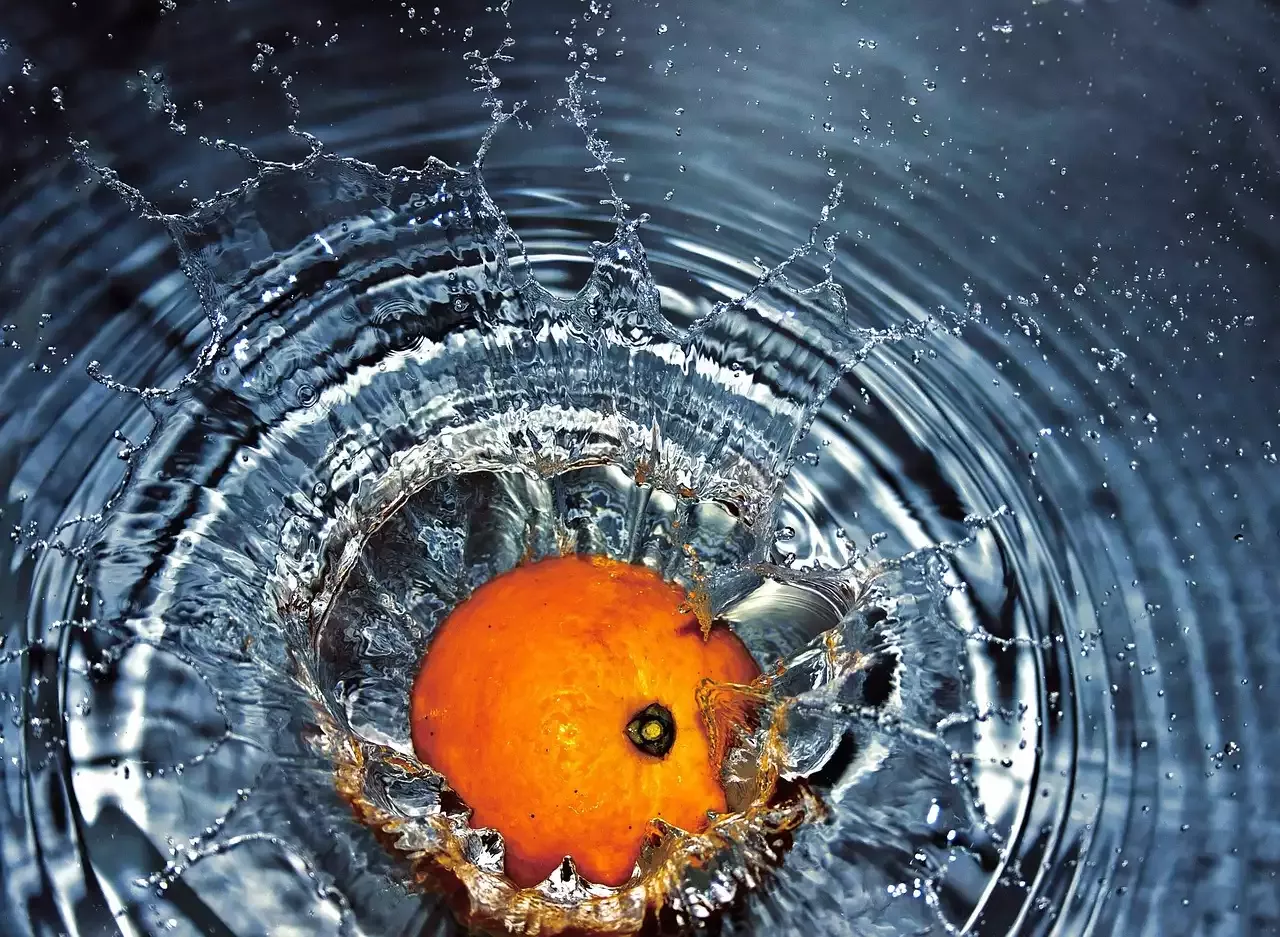Tips for blanching plums
Choosing the Right Plums
Before you start blanching plums, it's important to choose the right type of plums. Not all plums are created equal, and some will work better than others for blanching. Here are some tips to help you choose the best plums for this cooking method:
1. Look for ripe plums:
Ripe plums are the best for blanching because they will be easier to peel and will have a sweeter flavor. Look for plums that are soft to the touch and have a dark, rich color.
2. Choose plums with smooth skin:
Plums with smooth skin will be easier to peel than those with rough skin. Look for plums that are free from bruises, blemishes or discoloration.
3. Consider the variety:
Different varieties of plums will have different flavors and textures. Some varieties are better for eating raw, while others are better for cooking. For blanching, it's best to choose plums that are firm and have a sweet, juicy flavor.
Preparing the Plums
Once you have chosen the right plums, it's time to prepare them for blanching. Here are the steps to follow:
1. Wash the plums: Rinse the plums under cold, running water to remove any dirt or debris. Pat them dry with a clean towel.
2. Cut an "X" on the bottom of each plum:** Use a sharp knife to make a small "X" on the bottom of each plum. This will help to loosen the skin and make it easier to peel.
3. Boil a pot of water: Fill a large pot with water and bring it to a boil over high heat.
4. Prepare an ice water bath: While the water is boiling, fill a large bowl with ice water. This will be used to stop the cooking process once the plums are blanched.
5. Blanch the plums: Once the water is boiling, carefully add the plums to the pot. Let them cook for about 30 seconds, or until the skin starts to peel away from the flesh. Use a slotted spoon to remove the plums from the boiling water and immediately plunge them into the ice water bath. Let them sit in the ice water for about 1-2 minutes.
6. Peel the plums: After the plums have been in the ice water for a few minutes, remove them from the bath and use your fingers or a paring knife to peel off the skin. The skin should come off easily, but if it doesn't, you can put the plums back in the boiling water for a few more seconds and then back in the ice water bath.
Using Blanched Plums
Now that you know how to blanch plums, you may be wondering how you can use them in your cooking. Here are a few ideas to get you started:
1. Plum compote: Blanch some plums and then chop them into small pieces. Add them to a pot with some sugar, lemon juice, and water. Cook on medium heat until the mixture thickens and the plums are soft. Serve the compote over ice cream, pancakes or waffles.
2. Plum salad: Blanch some plums and then slice them into thin wedges. Toss them with some arugula, goat cheese, and a vinaigrette dressing for a delicious and refreshing salad.
3. Plum garnish: Blanch some plums and then slice them into thin wedges. Use them as a garnish for cocktails, cakes, or other desserts.
4. Plum jam: Blanch some plums and then chop them into small pieces. Add them to a pot with some sugar and water. Cook on medium heat until the mixture thickens and the plums break down. Serve the jam on toast, scones or biscuits.
Last Thing
Blanching plums is a simple and easy way to add a unique texture and flavor to your cooking. Whether you want to use blanched plums in a dessert, salad, or as a garnish, this cooking guide has provided you with all the tips and tricks you need to get the perfect blanched plums every time. Remember to choose ripe, smooth-skinned plums and follow the steps for preparing and blanching them. And don't be afraid to get creative with how you use blanched plums in your cooking – the possibilities are endless!
